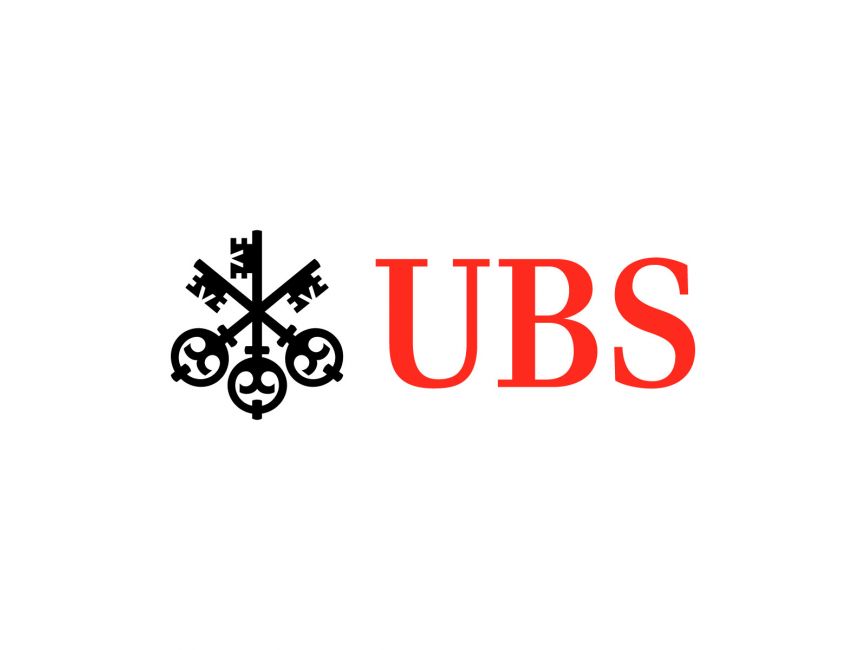UBS Asset Management has launched four defensive equity ETFs offering put and call options on US and European stocks.
The four-strong launch is amid the growing volatility surrounding a second wave of the coronavirus outbreak.
The covered call combines a long position in the target index with weekly selling of call options. This aims to generate returns through income from premiums and reduce downside risk.
The put write strategy combines a cash exposure with weekly selling of put options with the aim of generating an income from premiums while providing a cushion during market downturns.
What the company says:
Clemens Reuter, head of ETF & passive investment specialists at UBS AM, said: "Equity markets have been volatile over time and, as a result, may expose investors to significant downside risk.
“Systematically selling options on major stock indices is a way to generate income, reduce downside risk and benefit from that volatility.”
What the panel says:
Athanasios Psarofagis, ETF analyst at Bloomberg Intelligence
These seem to be coming at a time when volatility is still fresh in the minds of investors so timing could be an advantage.
You have seen similar structured type defensive products take off in the US recently, called buffer ETFs, so there seems to be a risk adverse appetite in the market right now which could give it an early boost.
Nicolas Rabener, founder and CEO of FactorResearch
The general advice for investors, regardless of institutional or retail, is to avoid option-based strategies as much as possible as there is little empirical evidence that these provide value in asset allocation. In many cases, these have led to substantial losses.
For example, Allianz GI is currently being sued by US pension funds for catastrophic losses of option-based strategies that there were supposed to protect capital but lost more than 75% of their value in the first quarter of 2020 when volatility spiked.
However, there are a few exceptions where utilising options help to generate attractive risk-adjusted returns, which include the covered call and put writing strategies that UBS is offering as ETFs. CBOE provides data for these strategies since 1986 and ETFs have been tracking these indices in the US since 2007, providing good data points.
Physical vs synthetic UK income ETFs during the coronavirus volatility
Both types of strategies in the US have provided higher risk-adjusted returns and lower drawdowns than the S&P 500. They can be viewed as alternatives to low volatility products or long-short equity hedge funds.
Unfortunately, these attractive features have not resulted in great commercial success as option-based ETFs in the US manage barely more than $1 billion, compared to $50 billion in low volatility ETFs and more than $200 billion in long-short equity hedge funds.
Dimitar Boyadzhiev, senior analyst, manager research, passive strategies at Morningstar
UBS’s defensive equity ETFs combine stock or cash exposure with equity options to provide investors new ways to generate additional income and protect against market downturn. While most institutional investors are familiar with option selling approach, retail investors might struggle to understand the different drivers of return.
The covered call strategy works by purchasing a stock portfolio, US, or European stocks, and selling out-of-the-money call options. The additional income, generated from the option premiums will support the fund in times of drawdown, but it could also be an interesting option to consider by investors seeking current income.
While this strategy has the potential to outperform during sideways markets and sharp drops, it may lag the market during sharp rallies.
The put write strategy invests the investors’ cash in short-term fixed income securities, such as three-month US treasury bills and sells put options on the chosen stock index. Compared to the covered call, this approach should be considered by the more risk-averse investors. The key advantage of this strategy is that it can earn a higher premium when the markets are falling, and the volatility is higher. This in turn reduces drawdown and improves returns relative to long-only strategies that participate in downside performance.
When it comes to rallying markets, the put write is highly likely to lag the market as when more investors are optimistic, the expected volatility – that is the main source of return – will be reduced.






